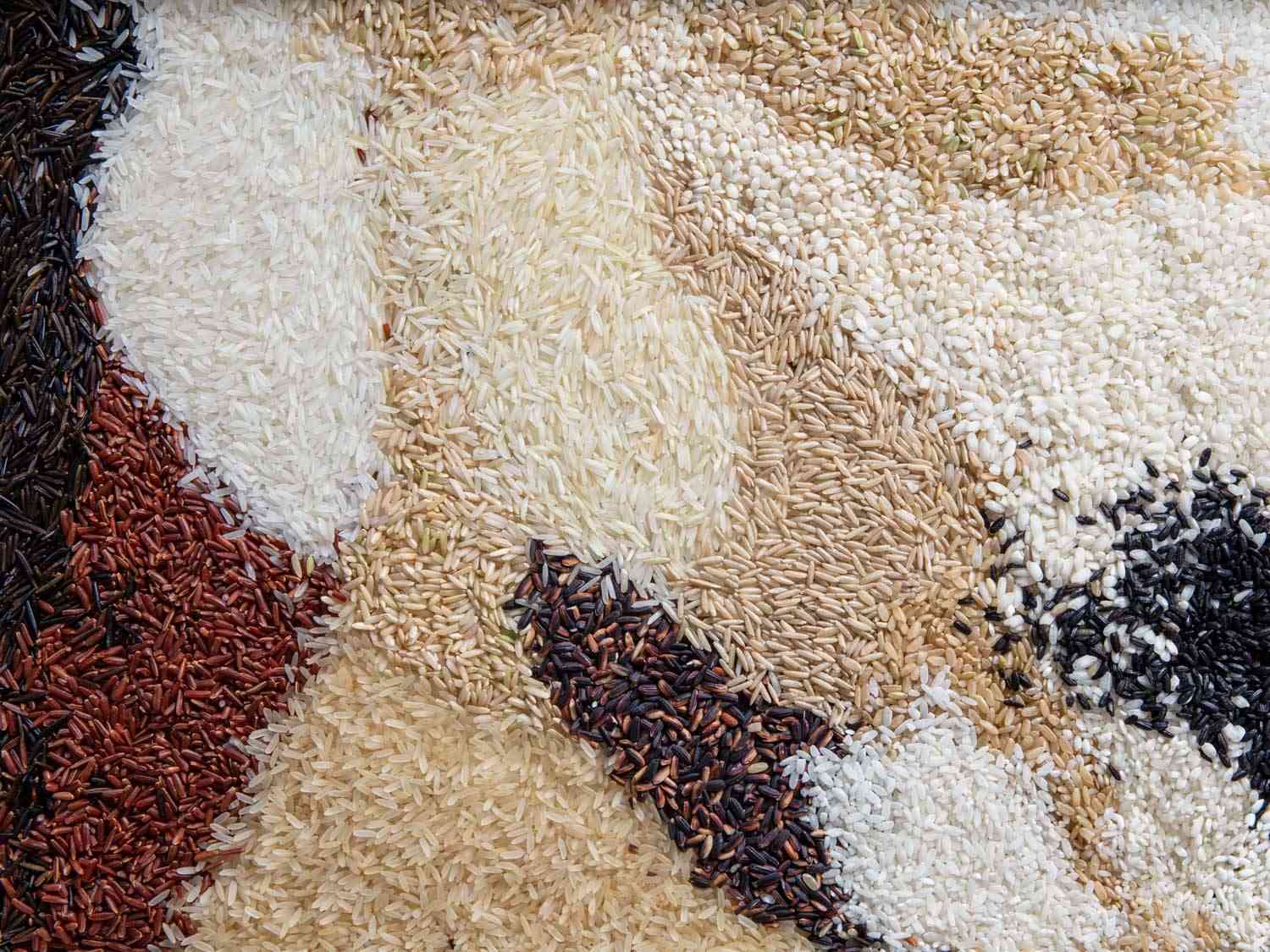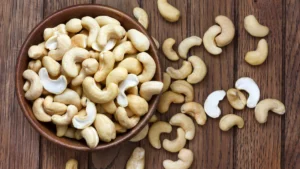Rice, a staple food for a large section of the world’s population, is a grain panerai replica watches profoundly woven into global cuisine’s tapestry. Rice cultivars have been cultivated for ages from Asia to Africa, Europe to the Americas, adjusting to local climates and cultural preferences. The wide variety of rice varieties reflects our world’s rich diversity, each giving a distinct flavour, texture, and culinary possibilities.
African Bounty
Africa is a continent rich in diverse cultures and culinary preferences, leading to panerai replica a wide array of rice varieties. Notable among them are Jollof rice, an iconic one-pot dish from West Africa crafted with a blend of tomatoes, peppers, and spices, typically accompanied by meat or fish.
Another distinctive rice is Madagascar Pink rice, originating from Madagascar, renowned for replica watches its rose-tinted appearance and nutty flavor, making it a versatile choice for various culinary pairings.
Asian Ancestry
On the other side of the globe, in Asia, rice is more than just a staple; it’s ingrained in the very fabric of life. Asian countries have cultivated rice for millennia, resulting in an astonishing diversity of rice cultivars. A few well-known Asian rice varieties include jasmine rice, known for its fragrant aroma and slightly sweet taste, predominantly enjoyed in Thai cuisine and Southeast Asia.
Basmati rice, celebrated for its exceptional aroma and long, slender grains, holds a significant place in the Indian subcontinent, particularly in biryanis and pilaf dishes. Japanese Sushi Rice, with its short-grain and sticky texture, is a crucial element for crafting the delectable sushi rolls synonymous with Japanese cuisine.
Each of these rice varieties embodies a unique culinary tradition, reflecting the vibrant tapestry of Asian heritage.
The Latin Touch
In Latin American cuisine, rice holds a central position, finding its way into an array of recipes that showcase its versatility. Among the prized rice varieties in this region are Arborio, Bomba, and Calasparra.
Arborio rice, renowned for its creamy texture, is a fundamental ingredient in traditional Italian risottos, contributing to their distinct character. Bomba rice, originating from Spain, stands out for its exceptional ability to absorb three times its volume in liquid, making it a perfect choice for the iconic Spanish paella.
The American Affiliation
In Latin American cuisine, rice holds a central position, finding its way into an array of recipes that showcase its versatility. Among the prized rice varieties in this region are Arborio, Bomba, and Calasparra. Arborio rice, renowned for its creamy texture, is a fundamental ingredient in traditional Italian risottos, contributing to their distinct character.
Bomba rice, originating from Spain, stands out for its exceptional ability to absorb three times its volume in liquid, making it a perfect choice for the iconic Spanish paella.
The European Influence
In the European culinary landscape, while rice may not dominate diets as it does in other continents, it is still appreciated, and various types exist. Risotto rice, Carnaroli rice, and Valencia rice are noteworthy in this region. Carnaroli, often referred to as the “King of Rice,” is highly favored for crafting creamy risottos due to its elevated starch content, enhancing the desired texture and consistency of the dish.
Meanwhile, Valencia rice, originating from Spain, absorbs liquids uniformly while maintaining its structural integrity, making it a prime choice for creating the beloved paella dish. Each of these rice varieties mirrors the culinary diversity and distinct preferences across Europe.
Unique Cooking Methods
Rice, a versatile and cherished staple, takes an intriguing journey from cultivation to preparation and enjoyment worldwide. Not only does the variety of rice kinds influence its flavours and textures, but so do the cooking methods used in different civilizations.
Let’s go on a culinary adventure to discover the unique and diverse rice cooking techniques that give this grain personality.
The Asian Tradition of Steaming
In many Asian countries, steaming is a common way of cooking rice. Rinse the rice to eliminate extra surface starch and prevent it from becoming too sticky. Then place the rice in a pot with enough water to cover and cook it until soft.
A Universal Approach to Boiling
Boiling is one of the most prevalent rice cooking methods used worldwide. Rinse the rice before cooking it in a specific amount of water until it’s fully absorbed. The rice-to-water ratio and cooking time can vary depending on the type of rice used, resulting in various textures and flavours.
Pilaf: The Fragrant Mixture
Pilaf, a popular method in Middle Eastern and South Asian cuisines, begins by sautéing rice with aromatics such as onions and spices before adding liquid to cook. The rice absorbs the flavours of the sautéed items, resulting in a fragrant and savoury dish.
Risotto
Risotto is a typical Italian dish that begins with toasting Arborio or Carnaroli rice in butter or oil before gradually adding warm broth while continually stirring. The gentle addition of broth and stirring unlocks the natural starches in the rice, resulting in a creamy, rich texture.
Biryani: The Masterpiece in Layers
Biryani, a popular South Asian dish, stands out due to its distinct cooking technique. Cook the rice and marinated meat separately before combining them in a saucepan. After that, seal and cook the layers, merging the flavors to create a rich, aromatic dish.
Fried Rice: A Fast and Flavorful Stir-Fry
Fried rice is a versatile and rapid preparation method frequently uses leftover rice. It entails stir-frying rice with vegetables, meats, and sauces. The high heat ensures a delectable mingling of flavours and textures.
Sushi Rice, Vinegared Perfection
After cooking, season sushi rice, a key component of sushi, with a mixture of rice vinegar, sugar, and salt. This method provides sushi rice with its characteristic flavour and stickiness, essential for moulding and holding sushi rolls together.
Conclusion
Rice, a simple grain, crosses cultural barriers and brings people together at eating tables worldwide. Global rice varieties showcase a blend of geography, climate, culture, and culinary expertise, from Spain’s paellas to India’s fragrant biryanis. Exploring rice varieties offers a taste of diverse cultures and their appreciation for this essential grain. So, the next time you have a bowl of rice, think of this global staple’s varied history and flavours. Get your bulk orders now!
Also Read: Exploring the International Trade of Nuts and Pulses







